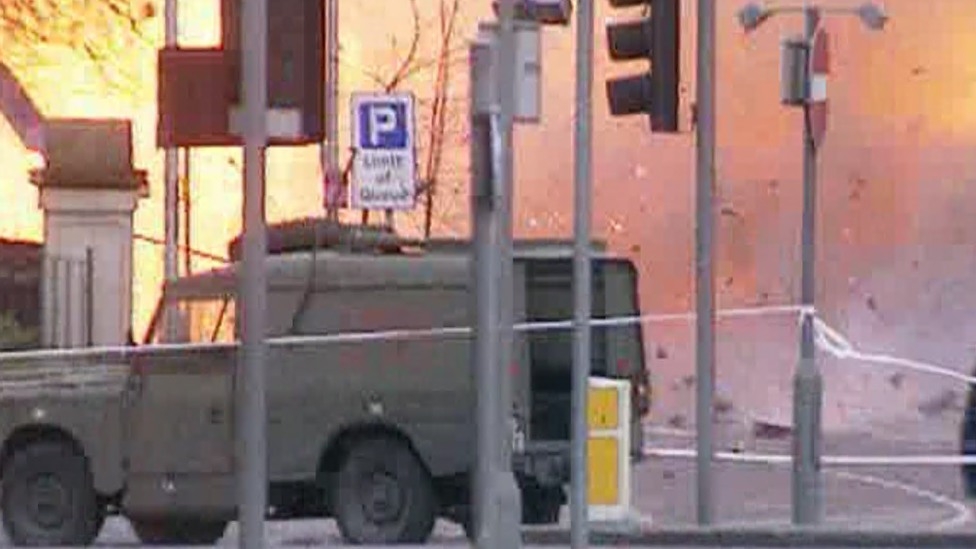'Fresh hope' for family of IRA murder victim
- Published
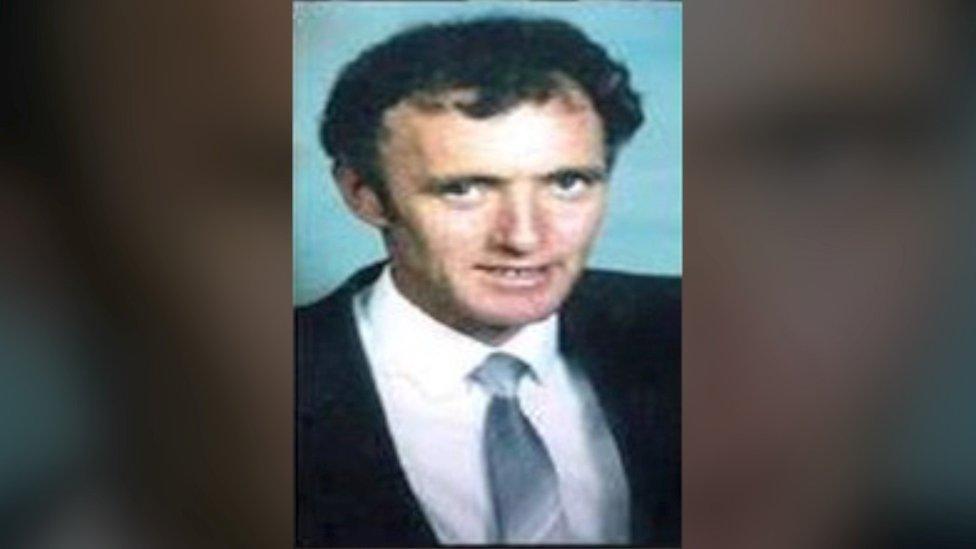
Tom Oliver was murdered by the IRA in 1991
The family of a man murdered by the IRA 30 years ago have said they have fresh hope that "the net is closing" on those responsible for his shooting.
New DNA evidence has been recovered in the course of an investigation into Tom Oliver's death.
The 43-year-old was abducted from his farm in the Republic of Ireland on 19 July 1991, before being found shot at Belleeks in County Armagh the next day.
Investigators said DNA evidence could help bring a prosecution.
Mr Oliver's murder is being examined by Operation Kenova, the unit headed by Jon Boutcher, which is looking into scores of Troubles-era killings.
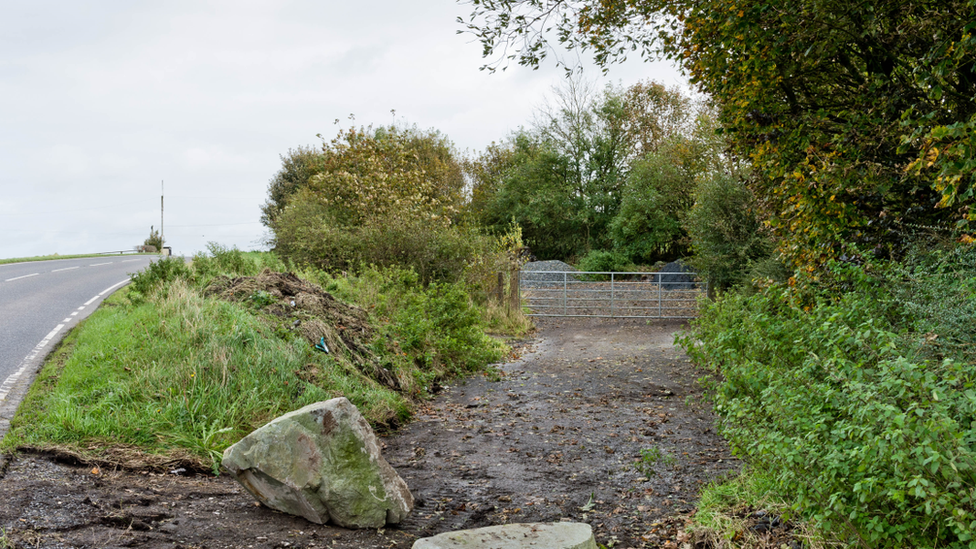
The scene where Mr Oliver was found in 1991, pictured in 2021
The case is "a prime example" for why Troubles cases should not be closed, said Mr Oliver's family in a statement.
"The family's grief has no limitation and neither can truth, justice or accountability," said their solicitor Darragh Mackin.
They added that until now there has been no meaningful investigation.
Mr Boutcher said the family deserve closure and this is "potentially their last chance".
His team is trying to find a woman who called police at 19:40 BST on 19 July 1991 to report seeing a Ford Orion at the location where Mr Oliver was found.
"That woman has never been traced and we are extremely keen to speak to her," Mr Boutcher said.
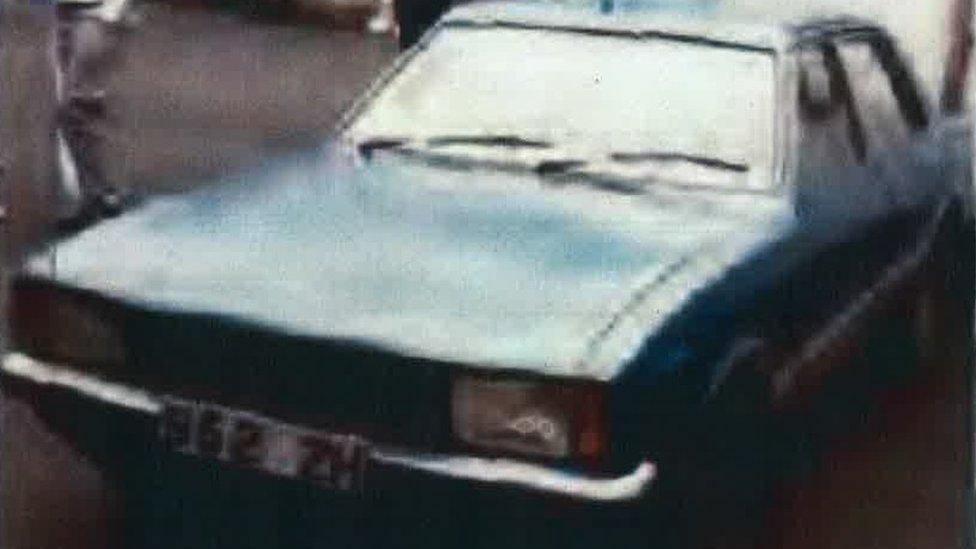
Tom Oliver's car was initially seized by police, but it is not known what happened to it
Operation Kenova is also trying to locate Mr Oliver's own car, a Ford Cortina.
It was initially seized by Irish police from a field at Feehan's Lane at Castlecarragh in County Louth, but it is not known what happened to it.
Mr Boutcher said his team has "an understanding" of who all was involved in the father-of-seven's murder.
Inquiries are taking place on both sides of the border and also Australia.
It is understood he is still seeking to speak to a small number of retired Irish police officers.
At the time, the IRA released a statement claiming Mr Oliver was shot because he was an informer for the Garda (Irish police).
But this was vehemently denied by his family, friends and gardai.
It has since been claimed he was murdered to protect the identity of the senior British Army agent within the IRA known as Stakeknife.
- Published27 December 2011
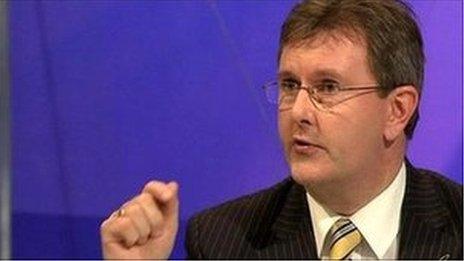
- Published30 June 2020
